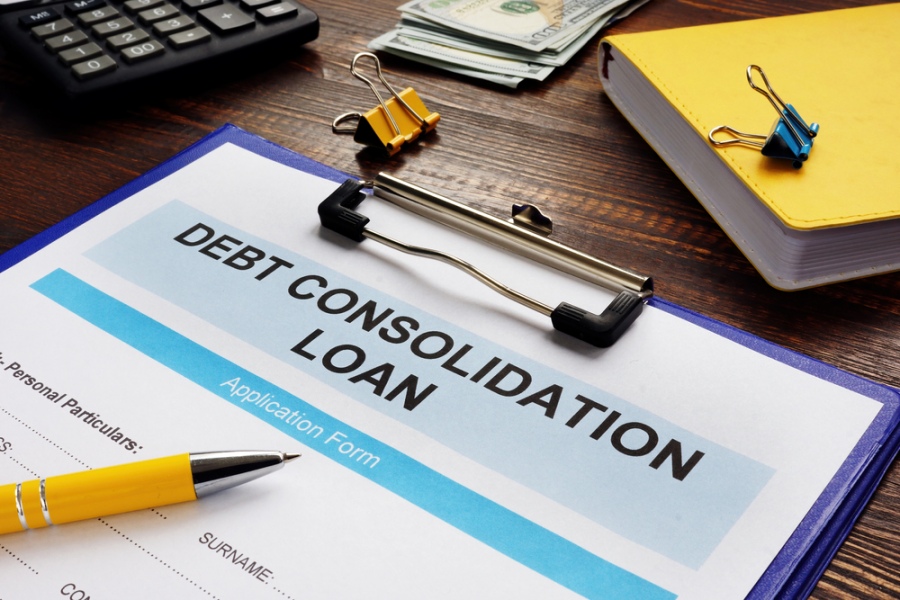The chargeback is effectively the boogeyman of the modern day merchant. Whenever a situation involving a chargeback arises, not only does it entail a refund to the buyer, but it can also damage your reputation with the service which is processing your transactions. In addition to this, it is highly unlikely that you will have the product returned to you.
What Is a Chargeback?
A concept originally conceived as a mode of consumer protection, a chargeback enables the buyer to initiate the reversal of a funds transfer, so that the financial institution representing the customer will forcibly transfer the funds away from the seller and back to the buyer. This is meant to ensure quality customer service from the merchant, as well as the return funds to a person who been the victim of identity theft – however, this form of fraud protection has easily been converted into a tool for further perpetrating fraud.
In the world of chargebacks, there is what is known as “friendly fraud” – a situation in which a buyer who has received delivery of a product claims that the product ordered was never received. Ultimately, there is very little that can be done about this form of fraud.
Communication – the Key to Preventing Chargebacks
The easiest way to prevent legitimate chargebacks is, obviously, to offer the
best possible customer service; however, this ancient bit of knowledge has taken on a new
dimension in the age of online sales, and some merchants can neglect to take this into account.
For example – imagine that a customer order a product online over the weekend, expecting it to arrive in three to four days. The merchant dutifully ships the package out Monday, but the customer expects it within three to four days of having ordered the product. When it doesn’t arrive, the customer angrily calls his credit company and demands a chargeback.
What could the merchant have done to prevent this? Simply to state that the package would ship in three to four business days, not calendar days. The merchant failed to properly set the customer’s expectations by clearly defining his shipping policy, and for this he was slammed with a chargeback.
In addition to clarifying your shipment policies, another thing which can be done to easily prevent chargebacks is to provide clear and concrete product descriptions. Some things you will want to be sure to incorporate into a thorough product description include:
- A definitive physical description – use concrete ideas which will allow the customer to clearly visualize the product.
- Include the technical details – dimensions, weight, etc.
- Especially if you are selling anything made of fabric like garments or home décor, you will need to include the materials which compose the product (for example, if a shirt is 90% cotton and 10% polyester, this is information that the customer should have).
- No matter how well you can describe an object, a photo is always exponentially better. It’s a good idea to provide multiple photos from different angles and ranges.
- Proper communication with your buyers is vital – you can’t sell a product then forget to check your messages for three days. Many buyers value communication with the seller above all else.
Businesses can
suffer significant profit losses if they don’t combat chargebacks. But fighting credit card
chargebacks is a difficult process. Generally, it is best to put all your efforts into preventing them.
By offering a combination of simple, classic customer service and thorough, concise explanations of your products and policies, your risk of experiencing chargebacks can be drastically reduced.




